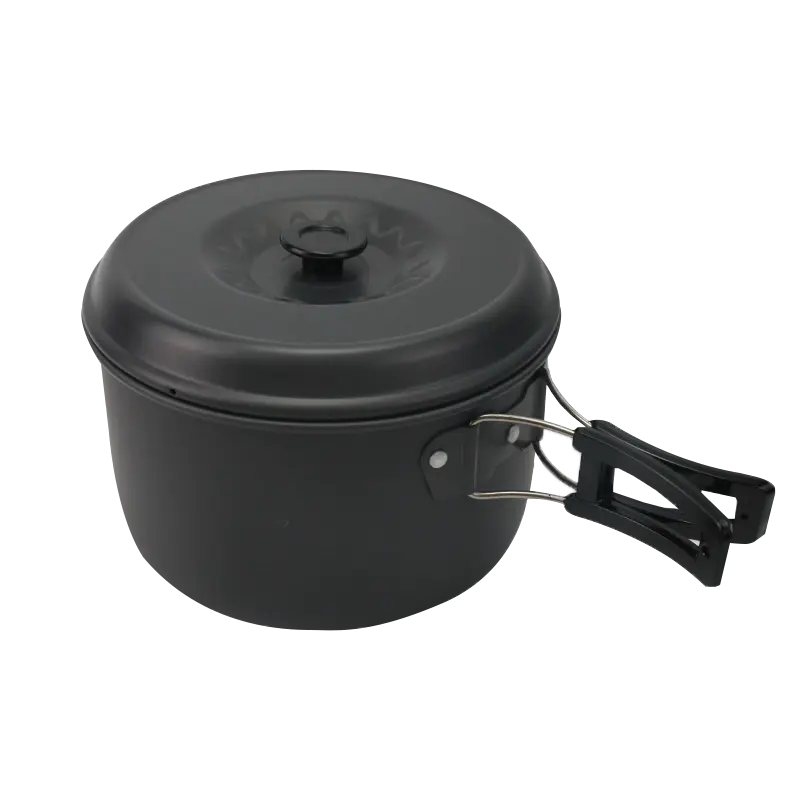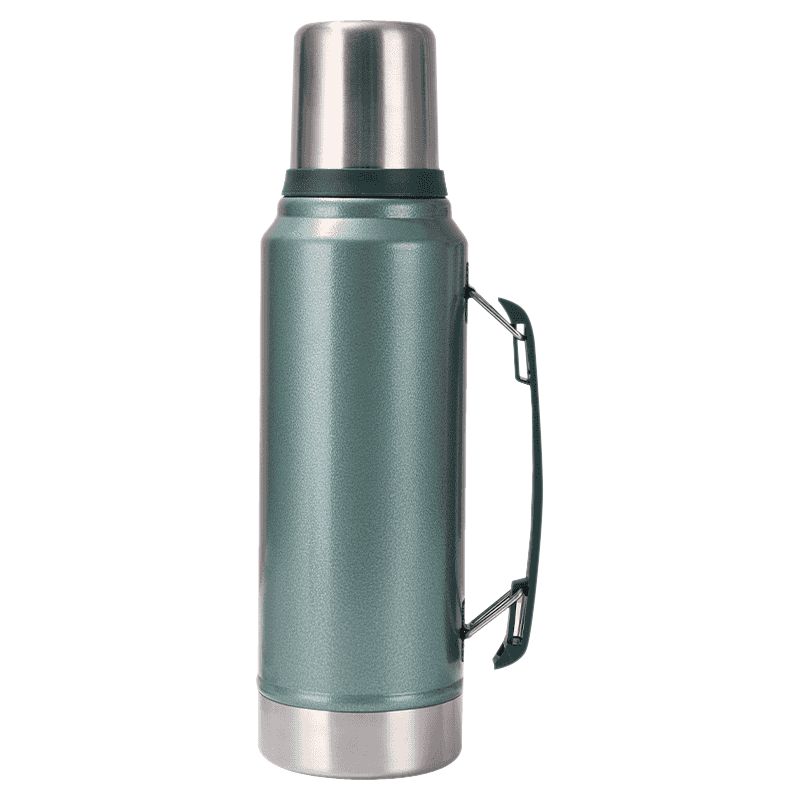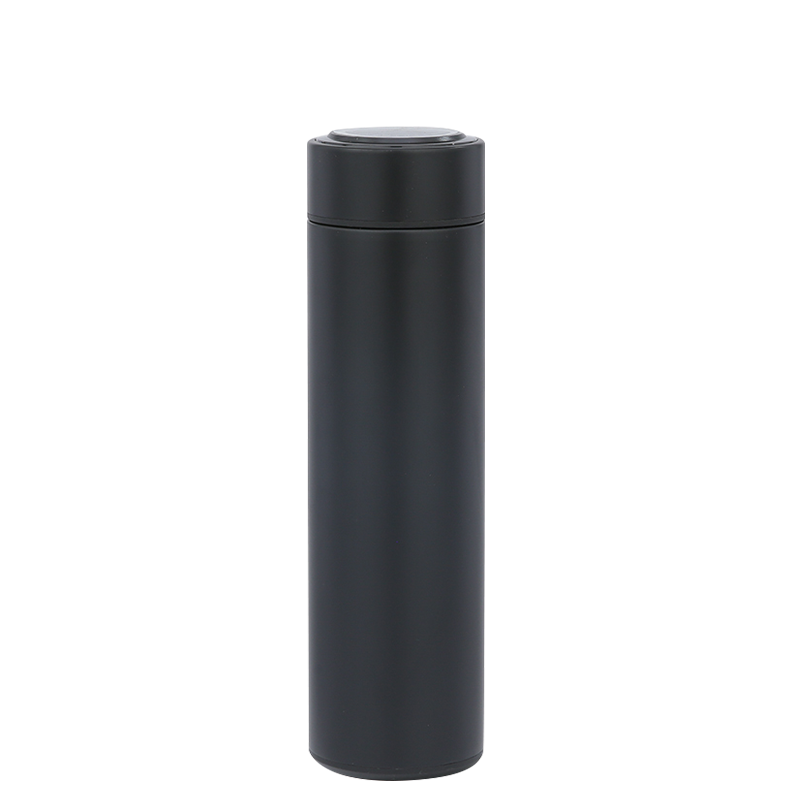
+86-13566758039

Industry News
No matter where you go, drinking water safety is always a critical issue. As the environment changes, so do wild water sources—from runoff with high sediment content to unexpected pollutants—leading to a growing need for reliable wild water replenishment tools. Modern camping water bottles effectively address this challenge by combining durable materials with ingenious engineering design. These kettles are no longer just simple kettles; they are designs that integrate water purification compatibility, high-efficiency insulation materials, and space-saving features. This evolution directly responds to the challenges campers face in diverse environments where reliable water treatment and efficient boiling are crucial. Understanding how these bottles strike a balance between practicality, safety, and sustainability explains why they have become essential items in modern camping kitchens.
A Camping Water Pot is a lightweight, portable vessel designed for heating and carrying water while camping or trekking; it typically fits on small backpacking stoves, features a secure lid and handle for safe pouring, and may double as a cooking pot or storage container. Modern versions prioritize compactness and durability, using materials that balance low weight with heat performance, and some models include integrated features like pour spouts or compatibility with filtration modules for treating uncertain water sources.
Camping Water Pots have evolved from basic metal kettles into versatile, multi-function tools by combining advances in materials, design, and small-scale technology. Modern pots use lighter, more durable materials and smarter shapes for faster heating and easier packing, while lids, spouts, and handles are engineered for safer pouring and easier cleaning. Many models now accept modular filters or UV units, nest with compact stoves, and double as cookware or storage, giving campers flexible options for varied water sources and cooking needs. Manufacturers are also focusing on repairable parts and recyclable materials so these pots perform well in the field while reducing long-term waste.
| Material | Performance impact | Portability impact | Typical trade-offs |
|---|---|---|---|
| Aluminum (plain) | Heats quickly and transfers heat evenly on small flames | Lightweight and easy to carry | Prone to dents and scratches; may require gentle cleaning |
| Hard-anodized aluminum | More durable surface and improved scratch resistance | Still lightweight, slightly heavier than plain aluminum | Better wear resistance at higher manufacturing cost |
| Titanium | Low mass with good strength and fast heating response | Light for its strength, reduces pack weight | Higher cost; can feel thin to the touch |
| Stainless steel | Durable and resistant to corrosion and staining | Heavier, increases pack weight | Long service life and repairable, but slower to heat |
| Ceramic or nonstick coatings | Smoother interior for easier cleaning and reduced sticking | Adds negligible weight when applied to metal | Coating can wear over time; avoid overheating to preserve surface |
| Graphene-infused or composite bases | Improved heat distribution and fewer hotspots | Small weight increase from layered construction | Newer technology that raises cost and repair complexity |
| Silicone (collapsible pots) | Flexible, low thermal mass — not intended for direct high flames | Very compact when stowed and low weight | Cannot be used directly on strong flames without metal support |
| High-performance polymers | Lightweight and impact resistant for shells or handles | Very light, useful for reducing overall weight | Lower heat tolerance; typically paired with metal cooking surfaces |
What Design Features Simplify Camp Kitchen Tasks?
Choose a pot that aligns with the water conditions you expect, whether that involves built-in filtration, a removable purifier, or simple boiling.
Select a size and build that match your carrying habits, finding a balance between low weight, durability, and comfort.
Make sure the pot fits securely on your stove and heats efficiently with the fuels you plan to use.
Consider how the material manages dents, scratches, corrosion, and repeated heating during regular trips.
Assess how quickly it heats and how much fuel it requires; wall thickness and base design can influence thermal performance.
Pick a volume suitable for cooking and drinking needs, along with an opening size that supports filling, pouring, and cleaning.
Look for lids that stay in place, spouts that reduce dripping, and handles that work well with gloves while limiting burn risk.
Favor designs with simple interiors, removable seals, or wide openings that make field cleaning and drying easier.
Features such as replaceable seals, modular lids, and accessible spare parts can extend the product’s useful life.
Check for stable pouring shapes, insulated grips, and clear instructions to help avoid boil-over or scalding.
Consider expenses for replacement filters, batteries, or cartridges when comparing long-term use.
Take into account recycled or responsibly sourced materials and transparent information about manufacturing practices.
Yes, one Camping Water Pot can serve multiple hydration needs, but only if its design supports several tasks without adding unnecessary weight or complexity. A well-designed pot can boil water for drinking, prepare simple meals, melt snow in cold environments, and even pair with modular filters or UV units to handle uncertain sources. Wide-mouth shapes make scooping and cleaning easier, while nesting spaces allow the pot to store cups, small stoves, or treatment devices. The key is choosing a pot with balanced capacity, heat efficiency, and compatibility with your hydration workflow so one vessel can shift smoothly between cooking, boiling, and treating water throughout the trip.

Pots are tested on different flame levels and stove types to see how quickly they reach a rolling boil and how much fuel is consumed. This reveals whether the base design and wall thickness actually help conserve fuel in changing weather.
Repeated heating–cooling cycles check if the pot warps, develops hotspots, or shows weakness at handles, rivets, or lid joints. These cycles mimic long-term use and help identify points that might fail under extended trips.
Real camp life includes drops, bumps, and packing strain. Controlled impact tests show whether the pot can handle rough handling without deforming or compromising stability on a stove.
Stability tests with hot water confirm how well the lid stays seated and whether the spout provides a predictable, drip-controlled pour when wearing gloves or pouring at awkward angles.
Using tannin-rich or sediment-heavy water, testers judge how easily residues scrub out, whether coatings stain, and if the pot develops odor or buildup that would be problematic on longer trips.
Pots are paired with various stoves, windshields, and accessories to confirm stable seating, even heating, and safe handle clearance. This helps ensure that real-world setups don't introduce spill or tip hazards.
If the pot integrates a filter or UV component, those attachments are checked against independent safety benchmarks to ensure they operate safely, fit securely, and survive field handling.
Together, these tests provide a realistic picture of whether a pot will hold up to daily use, unpredictable conditions, and the wide range of hydration tasks campers rely on during a trip.
Ease of maintenance matters off-grid because a Camping Water Pot is often the only reliable tool you have for safe hydration, and any buildup, damage, or contamination can directly affect your health and daily routine in remote conditions.
Off-grid locations rarely offer running water, soap, or ample time, so a pot that wipes clean easily or has a wide opening reduces effort and helps prevent residue from becoming stubborn.
Sediment, oils, or burned food can harbor unwanted organisms or alter taste. A pot that cleans quickly helps keep drinking water safer and avoids lingering odors that make hydration unpleasant.
If a pot has burnt spots or uneven buildup, it may heat less efficiently, causing you to use more fuel. Simplified maintenance helps preserve limited fuel supplies.
Dirt trapped in hinges, handles, or seals makes parts wear faster. A design that allows quick inspection and simple rinsing helps extend the life of the pot over multiple trips.
Purification attachments require clean contact points to work properly. Maintenance-friendly designs help ensure these components seal correctly and avoid leaks.
When tired, cold, or managing unpredictable weather, tasks should stay simple. A pot that maintains easily supports smoother routines and reduces risk from rushed handling.
Overall, easy maintenance supports health, safety, fuel efficiency, and gear reliability when resources and energy are limited.
Camping water bottles perfectly demonstrate how practical design can blend seamlessly with environmental realities. The evolution from basic containers to integrated hydration bladder systems reflects a shift in how outdoor gear is prepared—adaptability and creativity are paramount. Materials such as titanium and recycled polymers reduce weight without compromising insulation performance, while modular design simplifies operations from snow melting to filtration. Convenient off-grid maintenance ensures these tools are durable and provide safer drinking water even in areas with scarce supply points. As outdoor activities grow in popularity, hydration bladders are also evolving. The use of lighter composite materials, more functional connections, and recyclable manufacturing methods helps them maintain their functionality over time. Ultimately, their worth is found not in complicated designs, but in their ability to offer consistent and reliable performance across various settings and over extended use.
Your email address will not be published. Required fields are marked *








* Your email is safe with us, we don't spam.


Our company's products include vacuum flasks, beer mugs, coffee mugs, car tumbler, fire stove and tensile parts, etc.
Phone: +86-13566758039
Tel: +86-0579-87171178
Fax: +86-0579-87171178
E-mail: [email protected]
Add: No.29, Qiaodong Road, Qiaotouzhou Village, Longshan Town, Yongkang, Jinhua, Zhejiang, China.

 English
English 中文简体
中文简体 日本語
日本語 Français
Français Español
Español